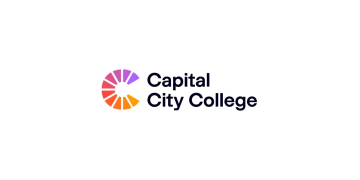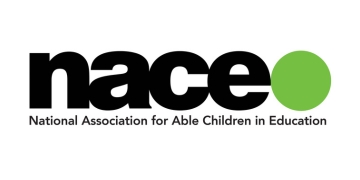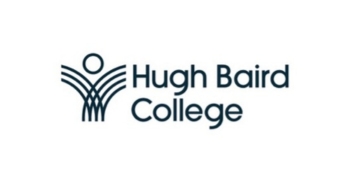In recent weeks, readers have asked how two key apprenticeship policies will affect schools and academy trusts.
They sound similar, but are actually independent policies based on different criteria. Conflating them is easy, but wrong.
Political reporter Freddie Whittaker, who knows his stuff on this, takes a look.
First, there’s the apprenticeship levy.
This is a requirement for all schools and trusts with an annual payroll bill over £3 million.
Organisations with a payroll above the £3 million threshold must pay a levy to government equivalent to 0.5 per cent of their payroll, but each will receive an annual allowance of £15,000 to offset against the required amount.
For example, an employer with a payroll bill of exactly £3 million would not be liable to pay anything, because the £15,000 would completely offset the required amount.
An employer with a £5 million payroll would have to pay £10,000, which is their £25,000 charge at 0.5 per cent of their payroll, minus the £15,000 allowance.
Or, another way to think about it, is that schools and trusts must pay the government an extra half a pence on every pound they spend on payroll over a £3 million threshold.
This is likely to put larger multi-academy trusts at a disadvantage, because while each secondary school subject to the levy technically has access to the £15,000 allowance, trusts with larger pay bills and therefore much larger levies still only get £15,000 each for offsetting.
Second, there are the new public sector apprenticeship targets.
Following the introduction of the government’s enterprise act, these targets will come into effect for all public sector organisations with more than 250 employees (FTE) from April 2017.
The Department for Business, Innovation and Skills is proposing a target of 2.3 per cent ‘apprenticeship starts’ each year.Note, the word is apprenticeship ‘starts’ and not proportion of apprentices employed.
This means that any organisation subject to the target must hire each year a number of apprentices equivalent to 2.3 per cent of the sum of their full time equivalent workforce.
For example, a school with 300 employees would have to hire seven apprentices a year in order to meet the target. A multi-academy trust with 500 employees would have to make 12 apprentice hires a year.
This focus on starts has prompted some concerns that schools and trusts struggling to meet the target could face having to fire apprentices – or other staff – every year in order to be able to replace them with new apprentices.
We have also reported plans for apprenticeship routes into teaching, (here and here), which could help take some of the strain.
Although the two policies should be taken separately because they are based on different thresholds, they do impact on each other.
The point of the apprenticeship levy is to get businesses to pay for the training of apprentices whether they use them or not. Previously it was funded by the government.
Businesses and public sector organisations which pay into the levy can access the funds raised to pay for the training of their own apprentices, although it will not cover salaries.
The government has been keen to point out that organisations taking full advantage of the scheme could potentially claim back more from the levy pot than they pay in. Excess funding for organisations which overclaim, and for smaller organisations not liable for the levy but nevertheless training apprentices, will come from overpayments by organisations which choose not to hire them.
The biggest winners will be the schools and trusts with payroll bills towards the lower end of the threshold (around £3 million), which won’t have to pay much into the levy, but can still claim training costs from it. On the other hand, larger trusts do stand to lose out relatively in comparison to standalone schools and smaller trusts.








With maintained schools the Local Authority is the employer and therefore all maintained schools will have to contribute to the levy presumably at 0.5% of their own paybill. However only one amount of £15000 will come back : to the LA. So primary schools will have to pay into the levy – hitting their budget and will ot be able to claim money back unless they take on an apprentice yet, in doing so, they will have to meet the salary costs of that apprentice. Budgets hit once agai.